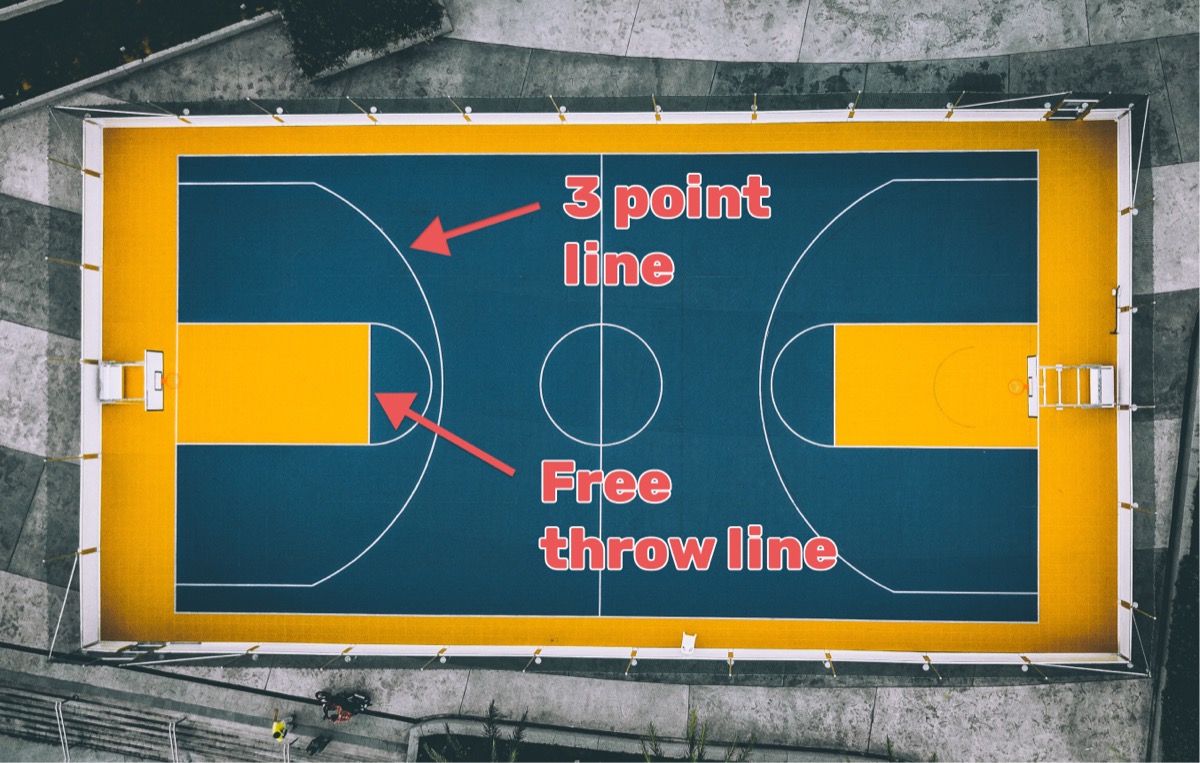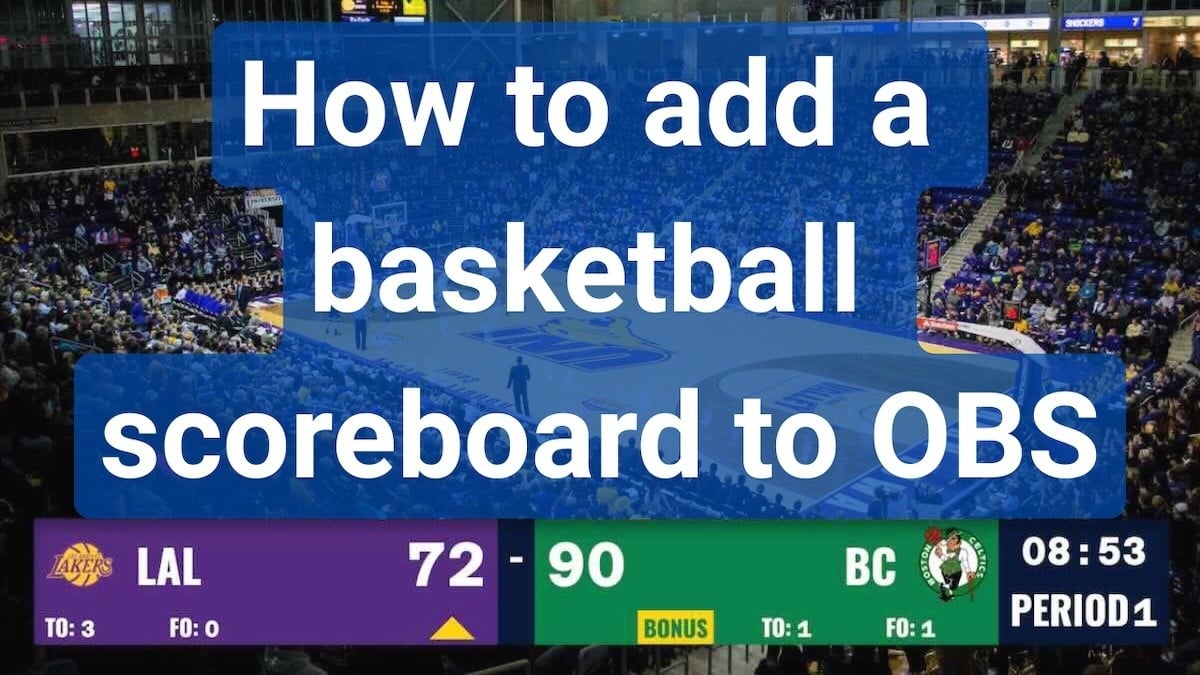Basketball captivates millions worldwide, but understanding its scoring system can be confusing for newcomers and even casual fans. Whether you're watching your first game, starting to play, or need to explain the rules to others, this guide breaks down exactly how points are earned in basketball.
What began in 1891 as James Naismith's creative solution for indoor winter exercise has evolved into a sophisticated sport with precise scoring rules. Today's game uses a nuanced scoring system that rewards different shots with varying point values.

The Three Ways to Score Points
Basketball offers exactly three methods to score points, each with specific rules and values. Understanding these distinctions is fundamental to following the game effectively.
The modern scoring system emerged in 1896, just five years after basketball's invention, when rules changed to distinguish between field goals (shots made during regular play) and free throws (penalty shots awarded after fouls). These categories remain the foundation of basketball scoring across all levels, from youth leagues to professional competitions.
Field Goals: Two Points or Three
Field goals are any baskets scored during active gameplay, excluding free throws. The point value depends entirely on where the shooter stands when releasing the ball:
Two-Point Field Goals
- Shot taken from anywhere inside the three-point arc
- Worth 2 points regardless of difficulty or distance
- Includes layups, dunks, mid-range jumpers, and post moves
- Most common scoring method in basketball
Three-Point Field Goals
- Shot taken with both feet behind the three-point line when releasing the ball
- Worth 3 points, rewarding the increased difficulty and distance
- If a player's foot touches the three-point line during the shot, it counts as only 2 points
- The three-point line distance varies: NBA uses 23 feet 9 inches (22 feet in corners), while high school uses 19 feet 9 inches
Common field goal techniques include:
- Layups: Close-range running shots using the backboard, typically the highest-percentage shot in basketball
- Jump shots: Shots taken while jumping, creating space from defenders and allowing shots over them
- Dunk shots: Forcefully throwing the ball directly through the hoop from above, guaranteeing 2 points when executed successfully

Free Throws: One Point Each
Free throws are uncontested shots awarded after certain fouls or rule violations. Each successful free throw is worth exactly 1 point, regardless of the circumstances leading to the attempt.
When Free Throws Are Awarded:
- Shooting fouls: When a player is fouled while attempting a field goal
- Bonus situations: After a team commits a certain number of fouls in a period
- Technical fouls: For unsportsmanlike conduct or procedural violations
- Flagrant fouls: For excessive or dangerous contact
Free Throw Rules and Procedures:
- Shots must be taken from the free-throw line, exactly 15 feet from the basket
- The shooter has 10 seconds to release the ball after receiving it from the referee
- The shooter cannot cross the free-throw line until the ball hits the rim
- Other players must remain outside the lane until the ball is released
- No defensive pressure is allowed on the shooter
The NBA maintains an extensive list of fouls. Common fouls that result in free throws include:
- Personal fouls involving illegal physical contact
- Having six or more players on the court simultaneously
- Deliberately hanging on the rim, net, or backboard during play
- Reaching in or holding an opponent
- Blocking fouls when impeding an offensive player's movement

Special Situations and Combinations
Basketball includes several unique scoring scenarios that combine elements of field goals and free throws:
Bonus Free Throws
When a team accumulates a specific number of team fouls within a period, the opposing team enters the "bonus" situation:
- NBA: After 4 team fouls per quarter, non-shooting fouls result in two free throws
- NCAA: After 7 team fouls per half, the fouled team gets a "one-and-one" opportunity (make the first to earn a second attempt)
- FIBA/International: After 4 team fouls per quarter, similar to NBA rules
"And-One" Plays
And-one situations occur when a player scores a field goal despite being fouled during the attempt:
- The basket counts for its normal value (2 or 3 points)
- The fouled player receives one additional free throw attempt
- Successfully completing the free throw creates a 3-point or 4-point play opportunity
- These momentum-shifting plays often energize teams and crowds
Four-Point Plays
The rare four-point play happens when:
- A player makes a three-point field goal while being fouled
- The player then successfully completes the bonus free throw
- Only possible since the introduction of the three-point line in 1979 (NBA)
Tracking Points on the Scoreboard
Every point scored instantly appears on the basketball scoreboard, along with game time, fouls, and other critical information. Different sounds or lights often distinguish two-point from three-point field goals, providing immediate feedback to players, coaches, and fans. For a complete guide to understanding all the information displayed, see our guide on how to read a basketball scoreboard.

Test Your Basketball Scoring Knowledge
Apply your understanding with these real-game scenarios:
Scenario 1: Basic Field Goal
A player takes a jump shot from 18 feet away from the basket, well inside the three-point line. The ball goes through the hoop cleanly.
Question: How many points does the team score?
Scenario 2: Free Throw Situation
A player is fouled while dribbling (not shooting) and is awarded free throws because the opposing team is in the bonus. They make both free throw attempts.
Question: How many points does the player's team earn?
Scenario 3: Bonus Situation
During an NCAA game, Team A commits their seventh team foul in the first half. Team B's player is fouled while passing (not shooting).
Question: What happens next?
Scenario 4: And-One Play
A player drives to the basket, makes a layup while being fouled hard by a defender. The referee calls the foul and counts the basket. The player then makes the bonus free throw.
Question: What is the total number of points scored on this play?
Practical Applications and Next Steps
Understanding basketball scoring enhances your experience whether you're:
- Coaching youth basketball: Teach scoring fundamentals and strategy decisions based on point values
- Playing competitively: Make better decisions about when to attempt three-pointers versus driving for higher-percentage two-point shots
- Watching games: Appreciate strategic decisions like intentional fouling or "2-for-1" possessions
- Operating scoreboards: Accurately track points and understand bonus situations
Basketball's scoring system, while appearing complex initially, follows logical rules that reward skill, strategy, and execution. The three-tier point system (1, 2, and 3 points) creates strategic depth, forcing teams to balance risk and reward with every possession.
Looking to track scores for your own games? Check out KeepTheScore's basketball scoreboard for an easy-to-use digital solution that handles all the scoring complexity for you.
Pro Tip: If you're running a league or streaming multiple games, use Team Management to save team configurations (colors, logos, names) and reuse them instantly for future games.

